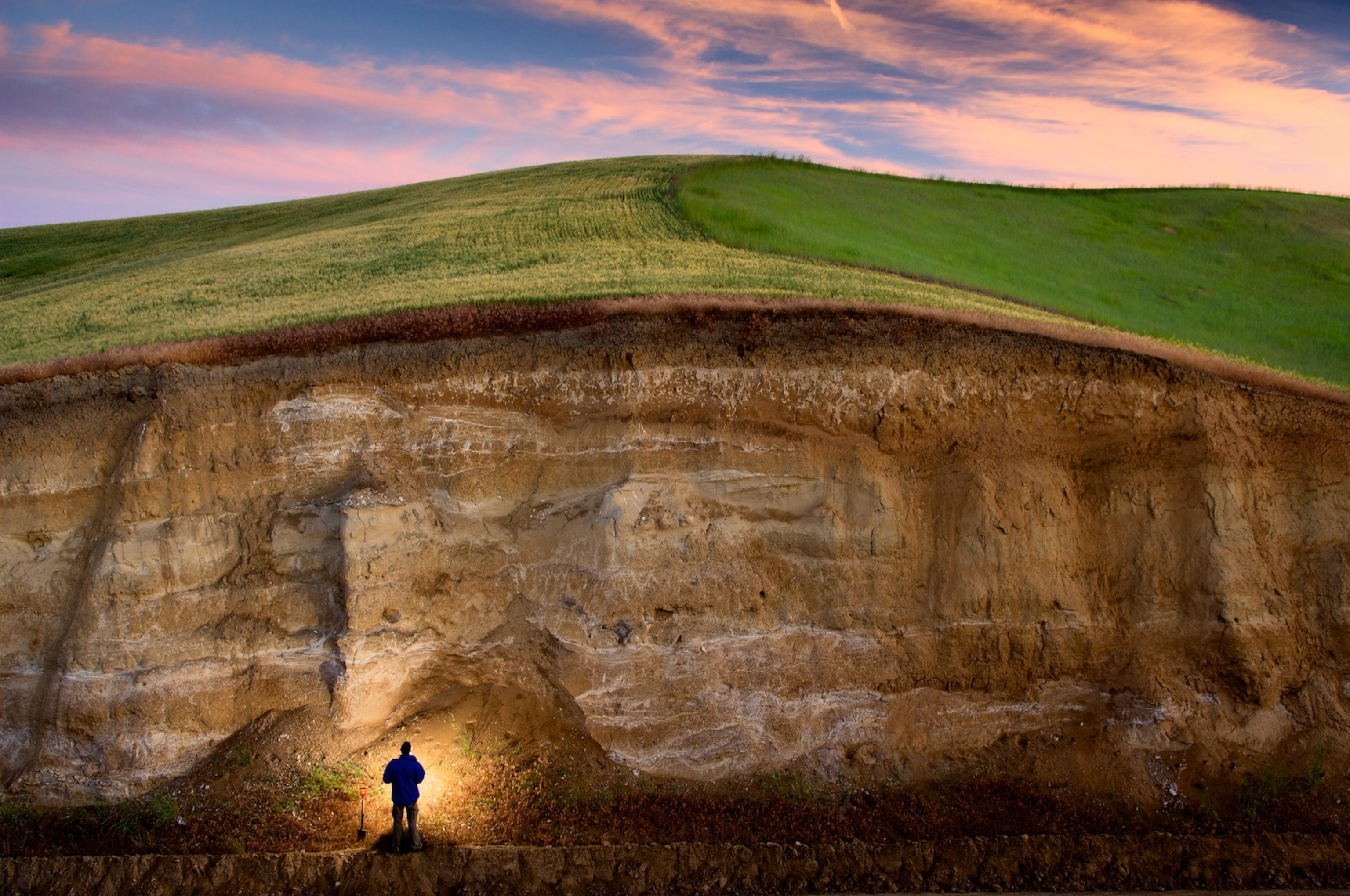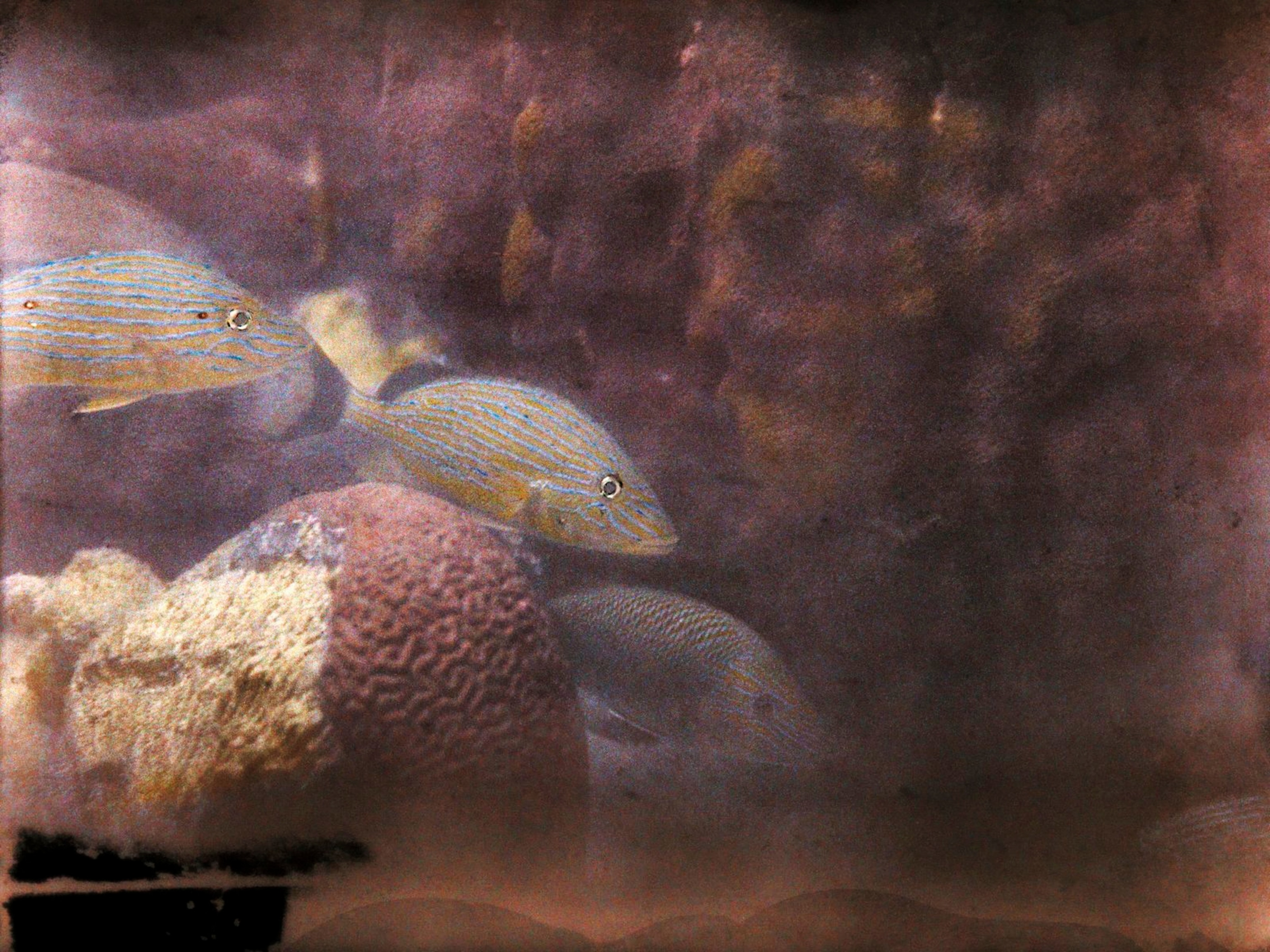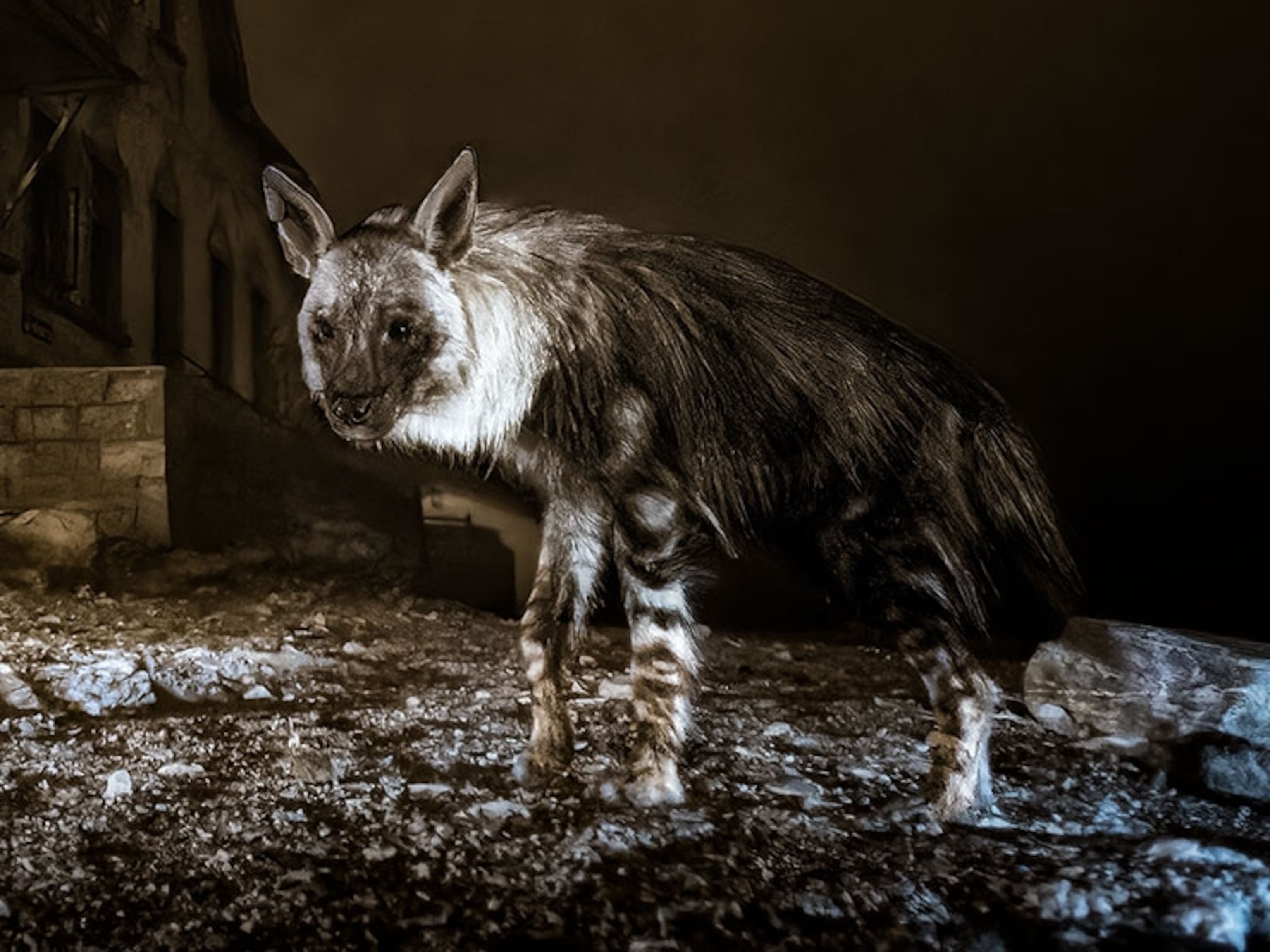Jim Richardson on Standing in Front of Interesting Stuff
“Our job is to take these unknown places and make people care about them.” —Jim Richardson

Jim Richardson first fell in love with photography on his parent’s wheat and dairy farm in Kansas. Since then, his painterly landscape and portrait photography has taken him worldwide, from the lush green hills of Scotland to the dry desert landscapes of Syria.
In 1971, he abandoned a psychology major at Kansas State University to begin a photo internship at the Topeka Capital-Journal. In the intervening 15 years, Richardson’s work was published in many major publications, ranging from Life and Time to Sports Illustrated and the New York Times. Richardson’s first story for National Geographic magazine appeared in 1984. Since then, he has become one of the magazine’s most productive contemporary contributing photographers, with more than 25 stories. Richardson continues to innovate and challenge himself daily, adopting the use of smartphone photography and Instagram to accompany traditional photographic tools.
View more of Jim Richardson’s work on his website and follow him on Instagram.
This video portrait was produced by National Geographic magazine in partnership with the University of North Carolina-Chapel Hill. It is part of an ongoing series of conversations with the photographers of the magazine, exploring the power of photography and why this life of imagemaking suits them so well. Learn more about the making of the series and watch the full trailer here.
Video Production Credits
Photographer: Jim Richardson
Producers: Pamela Chen, NGM
Chad A. Stevens, University of North Carolina at Chapel Hill
Associate Producer: Elyse Lipman, NGM
Editor: Erin Hull, University of North Carolina at Chapel Hill
Camera and Sound: Spencer Millsap, NGM, Shannon Sanders, NGM




